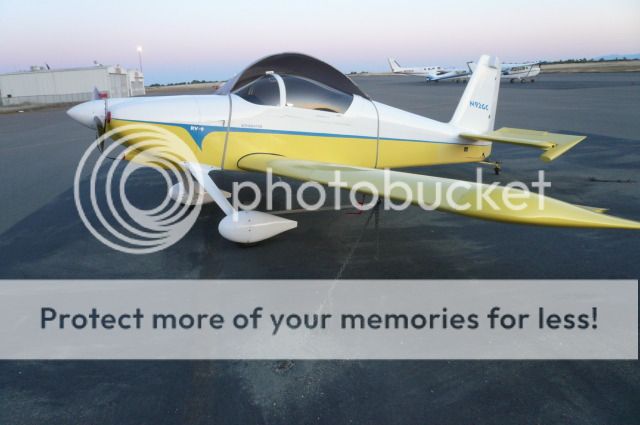jetjok
Well Known Member

Stopped at a N. CA airport tonight for fuel on my way home. The AWOS was advertising the wind as 17G31 (all that I wanted in the spam can that I was flying!
As I approached the fuel island, I noted this poor RV, that had been left in the breeze to fend for itself! As you can see it was chained, but not very securely. The worst offense is (IMHO) NO CHOCKS! How is it that I see planes all the time that are not chocked? It is mind-boggling to me that someone can invest huge amounts of money in a plane, yet cannot see their way to spend $5.00 on some PVC to make a very nice set of chocks!
Last edited:




